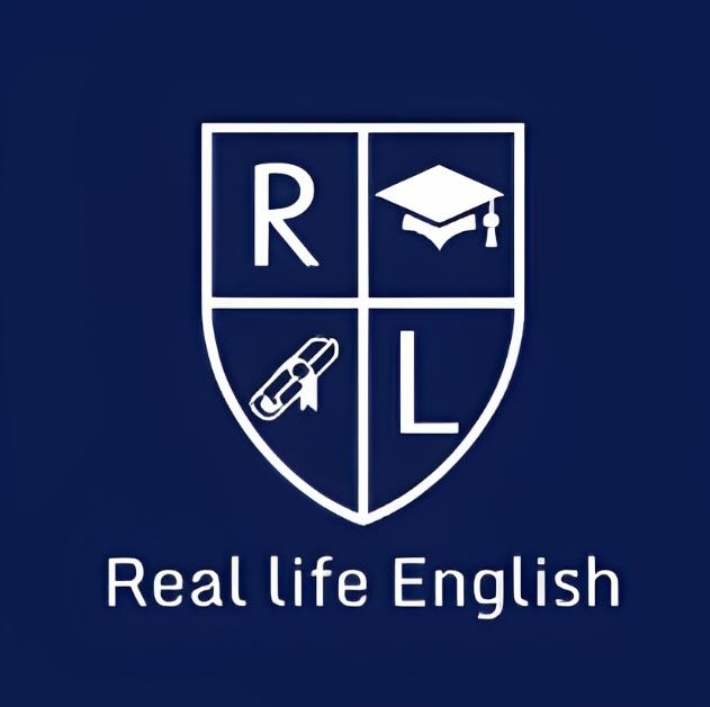"Was" and "were" are two of the most common past tense verbs in English. They are used to talk about actions or events that happened in the past. Understanding when to use "was" or "were" can be confusing, but it's important to get it right to communicate effectively in English. "Was" සහ "were" යනු ඉංග්රීසි භාෂාවේ අතීත කාල ක්රියා පද දෙකකි. අතීතයේ සිදු වූ ක්රියාවන් හෝ සිදුවීම් ගැන කතා කිරීමට ඒවා භාවිතා වේ. "was" හෝ "were" භාවිතා කළ යුත්තේ කවදාද යන්න තේරුම් ගැනීම අපහැදිලි විය හැකි නමුත් ඉංග්රීසියෙන් ඵලදායී ලෙස සන්නිවේදනය කිරීමට එය නිවැරදිව ඉගෙනගැනීම ගැනීම වැදගත් වේ.
WAS
To use "was", you need to remember that it is singular, meaning it's used to describe one person, thing, or event. For example, "I was tired," "He was happy," or "The movie was good." In each of these sentences, "was" is used to describe a singular subject. ("was" භාවිතා කිරීමට, ඔබ එය ඒකවචන බව මතක තබා ගත යුතුය, එනම් එය එක් පුද්ගලයෙකු, දෙයක් හෝ සිදුවීමක් විස්තර කිරීමට භාවිතා කරයි. උදාහරණයක් ලෙස, "මම වෙහෙසට පත්ව සිටියෙමි", "ඔහු සතුටු විය" හෝ "චිත්රපටය හොඳයි." මෙම සෑම වාක්යයක් තුළම, ඒකවචන නාම සහිත ක්රියා විස්තර කිරීමට "was" භාවිතා වේ.)
Examples of "was":
🎈I was at the store yesterday. (කඩේ හිටියා මම ඊයේ .)
🎈The cat was sleeping on the table. ( බළලා මේසය මත නිදාගෙන සිටියේය.)
🎈She was happy to receive the gift. (ඇය සතුටු විය තෑග්ග ලැබීම ගැන .)
🎈The movie was really funny. (චිත්රපටය ඇත්තෙන්ම හාස්යජනක විය.)
🎈The weather was nice on our vacation. (කාලගුණය යහපත් විය අපගේ නිවාඩුවේදී .)
WERE
On the other hand, "were" is plural, meaning it's used to describe more than one person, thing, or event. For example, "They were tired," "The children were happy," or "The movies were good." In each of these sentences, "were" is used to describe a plural subject. අනෙක් අතට, ("were" යනු බහු වචන වලට යොදන වේ, උදාහරණයක් ලෙස, "ඔවුන් වෙහෙසට පත් විය", "ළමයින් සතුටු විය" හෝ "චිත්රපට හොඳයි." මෙම සෑම වාක්යයකදීම බහු වචන නාම සහිත ක්රියා විස්තර කිරීමට "were" භාවිතා වේ.)
Examples of "were":
🎈They were playing outside. (ඔවුන් එළිමහනේ සෙල්ලම් කරමින් සිටියහ.)
🎈The flowers were pink .(මල් රෝස පාට විය)
🎈We were late for the meeting. (අපි පරක්කු වුණා රැස්වීමට )
🎈The cookies were delicious.(කුකීස් රසවත් විය)
🎈The birds were singing in the trees. (කුරුල්ලෝ ගායනා කළහ ගස්වල සිට)
Using "Was", "Were", to Ask Questions in English
When learning English, it's important to understand how to form questions using the correct auxiliary verb, especially when using "was" and "were". These two verbs are the past tense of the verb "to be", and are commonly used to form questions about past events or states. In this article, we will explore how to use "was" and "were" to ask questions in English.("was" and "were"යන පද වාක්යයක මුලට යෙදීමෙන් ප්රශ්න ස්වරූපය ගොඩනැගිය හැකිය.)
Forming Questions with "Was"
To form a question with "was", simply invert the subject and the auxiliary verb, placing the auxiliary verb before the subject. (was යන පදය වාක්යක මුලට යෙදීමෙන් ප්රශ්න ස්වරෑපය ගොඩ නැගේ).
For example:
👉 Statement: She was at the store yesterday.
👉 Question: Was she at the store yesterday? (සිටියාද ඇය ඊයේ කඩේ? )
In the question above, we have inverted "she" and "was" to form the question. This same pattern applies to all subjects when forming questions with "was".
Examples of "Was" Questions:
💎Was he at the party last night? (ඔහු ඊයේ රාත්රියේ සාදයේ සිටියාද?)
💎Was the food good at the restaurant? (අවන්හලේ කෑම හොඳයිද?)
💎Was it raining this morning? (අද උදේ වැස්සද?)
💎Was the movie scary? (චිත්රපටිය බය එකක් වුණාද?)
💎Was the test difficult? (පරීක්ෂණය අමාරු වුණාද?)
Forming Questions with "Were"
Similarly, to form a question with "were", invert the subject and the auxiliary verb, placing the auxiliary verb before the subject. (were යන පදය වාක්යක මුලට යෙදීමෙන් ප්රශ්න ස්වරෑපය ගොඩ නැගේ).
For example:
👉 Statement: They were playing outside . (ඔවුන් එළිමහනේ සෙල්ලම් කරමින් සිටියහ.)
👉 Question: Were they playing outside? (ඔවුන් එළිමහනේ සෙල්ලම් කරමින් සිටියාද?.)
In the question above, we have inverted "they" and "were" to form the question. This same pattern applies to all subjects when forming questions with "were".
Examples of "Were" Questions:
💎Were you at home when I called? (මම කතා කරනකොට ඔයා ගෙදර හිටියද?)
💎Were the flowers pink in the garden? (මල් රෝස පාටද වත්තේ?)
💎Were we late for the meeting? (අපි රැස්වීමට පරක්කු වුණාද?)
💎Were the cookies delicious? (කුකීස් රසවත් වුණාද?)
💎Were the birds singing in the trees? (කුරුල්ලෝ ගස්වල සිට ගායනා කළාද?)
Practice Makes Perfect
In summary, "was" is used to describe a singular subject in the past tense, while "were" is used to describe a plural subject in the past tense. When using the past tense of the verb "to be," "was" is used with a singular subject and "were" is used with a plural subject. Remembering these basic rules will help you communicate effectively in English and avoid common mistakes when using "was" and "were."
(සාරාංශයක් ලෙස, "was" යනු අතීත කාලය තුළ ඒකවචන සිද්ධීන් විස්තර කිරීමට භාවිතා කරන අතර, "were" යනු අතීත කාලය තුළ බහු වචන සිද්ධින් විස්තර කිරීමට භාවිතා කරයි. මෙම මූලික නීති මතක තබා ගැනීම ඔබට ඉංග්රීසි භාෂාවෙන් ඵලදායී ලෙස සන්නිවේදනය කිරීමට සහ "was" සහ "were" භාවිතා කිරීමේදී පොදු වැරදි මඟහරවා ගැනීමට උපකාරී වේ. පහත දක්වා ඇති ක්රියාකාරකම ඔස්සේ ඔබේ දැනුම පරික්ෂා කරගත හැකිය.


